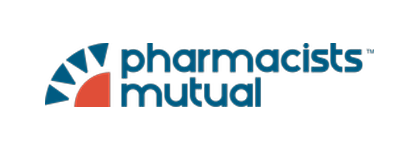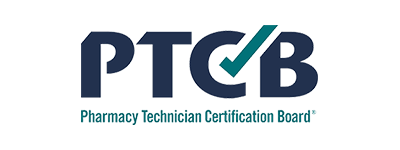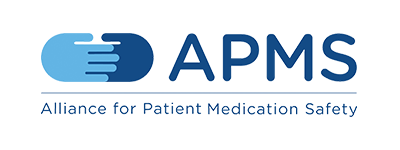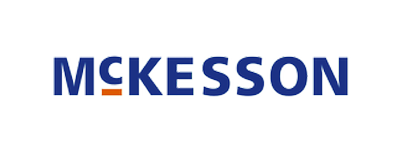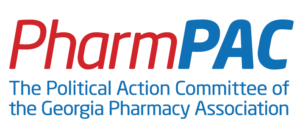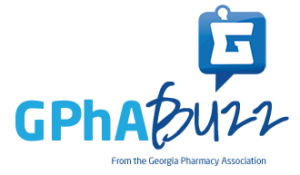Academy of Employee Pharmacists
From Georgia Pharmacy magazine:
The single most fascinating quality about the Academy of Employee Pharmacists is that there’s not a whole lot of “single most” about it.
The category of employee pharmacist, is an incredibly broad one, encompassing line pharmacists and pharmacist managers, pharmacists who work in large corporate structures, and pharmacists dispensing on two- or three-person crews in small independent operations. The most obvious something that unites pharmacists under this category is actually quite banal: Employee pharmacists collect a paycheck from somebody else.
But there’s a subtler element uniting employee pharmacists, one that belies their category. All employee pharmacists — floaters, district supervisors, and every shade in between — are thrust in managerial roles whether they’re ready for such roles or not.
Consider the sorts of management concerns a pharmacist manager will typically face: an underperforming technician, an over-prescribing doctor, a non-adherent patient, a non-pharmacist boss. Employed pharmacists frequently find themselves in a web of interpersonal relations, managing in every direction — down, across, and, often painfully, up. And employed pharmacists would be the first to admit they respond to these daily onslaughts of interpersonal bugaboos armed with little formal management training.
How urgent are their concerns about their managerial roles? In fall 2015, GPhA surveyed our pharmacist members to find out. The results were, to say the least, eye-opening:
- 85% say that managing employees is an oft-discussed topic, and more than a quarter of that number characterize supervision issues as of the “utmost urgency.”
- 80% said they want training on managing technicians.
- 83% want to learn how to communicate expectations and hold employees accountable.
- 65% want to advice on communicating concerns to their non-pharmacist managers.
- 83% need coaching on talking to patients about medication adherence.
- 93% say they need training on ethically and appropriately handling controlled substance issues — including and refusals to fill — with patients.
Perhaps all this can be summed up with this statistic: 90% of employed pharmacists surveyed want to work within a collaborative healthcare system, characterized by positive channels of communication: pharmacist-to-pharmacist, pharmacist-to-technician, pharmacist-to-physician, pharmacist-to-patient. In short, pharmacists want to work on a healthcare team. And overwhelmingly, they feel that they work on anything but that.
Board of Directors
Bill McLeer, Chair
Michelle Cruson, Vice Chair
Mollie Durham, AEP Board Rep
Michelle Blalock
Stuart Bradley
Susan Kane
Roger Lanier
Huy Tran
Mary Ritchie, GPhA Staff Liaison (info@gpha.org; 404-419-8115)
Bylaws
Click here to view or download the AEP bylaws.
Upcoming Events:

